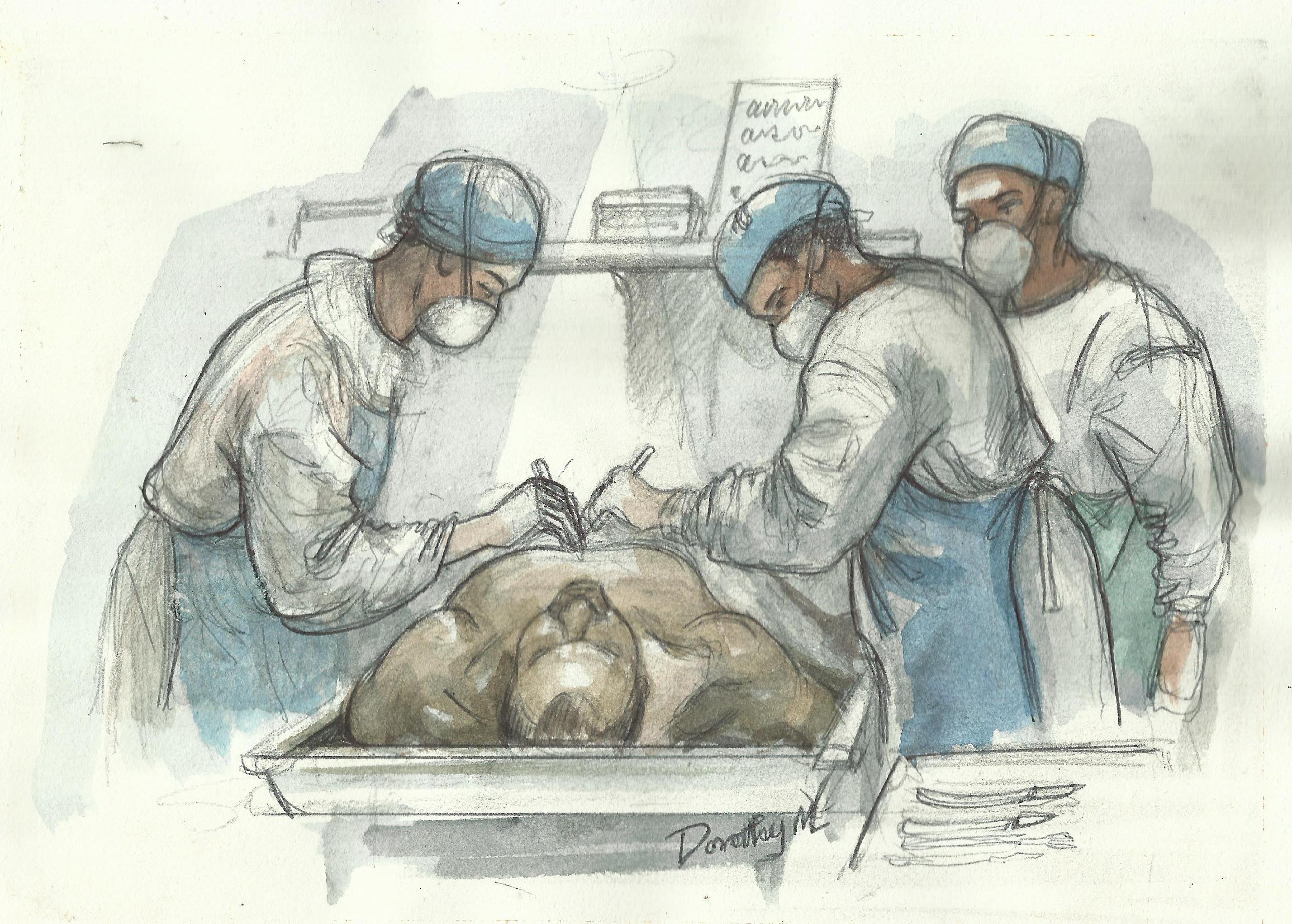Homicides disguised as suicides

What you need to know:
- Prolonged pressure applied to any part of the body after death will interfere with the re-distribution of blood
Roberto Calvi was an Italian banker and Chairman of Banco Ambrosiano in Italy. He had a very close working relationship with the Vatican and, as a result, he was also known as “God’s Banker”.
Calvi went missing from his Rome apartment on June 10, 1982.
One week later, on Friday June 18, a postal clerk crossing London’s Blackfrairs Bridge at 7:30 am, noticed Calvi’s body hanging under the bridge. Calvi’s clothing was stuffed with bricks.
Calvi’s death was the subject of two inquests in London. The first recorded a verdict of suicide in July 1982. The second inquest was held in July 1983, and the jury recorded an open verdict, indicating that the court had been unable to determine the exact cause of death. Calvi’s family maintained that his death was a murder.
The Calvi family opened an independent investigation into this death and expert evidence was eventually sort from forensic scientists. The scientists found that Calvi could not have hanged himself and when the body was exhumed medical examiners found that the injuries to Calvi’s neck were inconsistent with hanging. In September 2003, the City of London re-opened their investigations into Calvi’s death as a murder inquiry.
A Ugandan case
The body of Hassim Ssali, a key witness in a murder case, was found hanging in a police cell in Bukasa Kampala in the early hours of September 21, 2013. A pathologist who examined the body of Ssali concluded that this was a case of suicide by hanging. A forensic pathologist, who independently reviewed the photographs the police scene of crime officer took at the time of discovery of the body, concluded that the deceased had died prior to the body being hanged in that particular position. An inquest held into this death agreed with the conclusions of the forensic pathologist.
The difference
It is not uncommon that a dead body is hanged to disguise a homicide. Indeed it is not impossible to hang a dead body. However, there are clear differences between suicide by hanging and homicidal hanging.
The fact that suicide by hanging is fairly common often misleads investigators; especially those that are not prudent and do not carefully examine the dead body and do not fully investigate the circumstances of the death. The post-mortem changes, changes that occur to a body once death has occurred, will clearly tell whether a person died in the position of discovery of the body or not. These changes can be used to distinguish between suicide by hanging or homicidal hanging.
Post-mortem changes
When death occurs, the body loses its reflexes and this includes the ability to maintain a posture. The dead body will therefore be subject to the laws of gravity and this will determine the position of the body as soon as death occurs. Any position of the body other than this means that the body has been tampered with.
A body begins to stiffen shortly after death and this must occur in the position dictated by gravity, unless the body is moved immediately after death. In case of suicidal hanging, especially from a height, the hands and feet of the deceased must be perpendicular to the ground.
The hands and feet must therefore stiffen in this position. Any stiffening other that in this position is therefore highly suspicious. And this is best determined at the place and time of discovery of the body to establish if the stiffening and distribution of blood is normal or abnormal for that position.
Death is said to occur when the heart stops beating. The heart, in life, is responsible for pumping blood to the different parts of the body. However, after death blood remains stagnant in the various parts of the body.
The movement of this blood will, therefore, be subjected to the laws of gravity.
Blood will gravitate to the most dependant parts as dictated by the position of the body at the time of death. In suicidal hanging, blood will pool in the lower parts of the legs and the arms and above the ligature.
Once the blood has pooled in these positions, it causes a near permanent colour change in these parts of the body even if the body is moved to a new position.
Prolonged pressure applied to any part of the body after death will interfere with the re-distribution of blood and such areas will be devoid of blood. These areas will also remain pale even if the body is moved.
Any abnormal position of the distribution of blood after death other than that dictated by the position of the body at the time of death should be considered highly suspicious.
Other causes of death
In homicidal hanging, there may be signs of struggle or in rare cases drugs that may have been used to sedate the deceased. The actual of cause of death, other than hanging, may be determined by a prudent medical examiner.
Circumstances of the case
Suicide is often triggered by events, stress and mental illness. Investigators should inquire whether the deceased had signs and symptoms of depression or stress, the behaviour of the deceased prior to the suicide, and whether there was an incidence or event that could have driven the deceased to take his or her own life. Sometimes it may be a perceived provocation or what the deceased considered devastating news. It is not uncommon that people who take their own lives actually intimate this. Some even write suicide notes.




